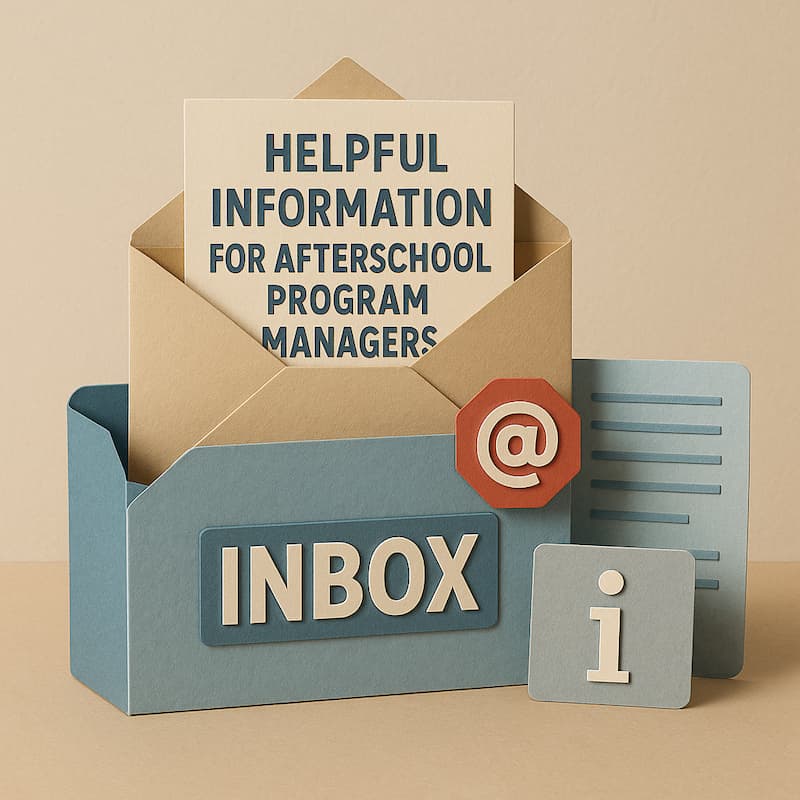The Hidden Costs of Manual Attendance Tracking in After-School Programs
After-school programs are a vital extension of the school day, providing students with opportunities for enrichment, support, and growth. These programs rely on dedicated educators who are passionate about fostering student engagement and enhancing student performance. However, one often overlooked aspect that can significantly impact the quality of these programs is the method used for attendance tracking.
The Burden of Manual Attendance Tracking
Manual attendance tracking might seem like a minor administrative task, but it carries hidden costs that can drain time and resources. Teachers and program coordinators often find themselves juggling paper rosters and attendance sheets, diverting their attention from the very students they aim to support. The process of manually recording student attendance can be time-consuming, prone to errors, and a source of daily frustration.
Consider the beginning of an afterschool program: students arrive eager to participate, but the line slows down as each child waits for their name to be checked off a paper list. This delay not only eats into valuable program time but also affects student engagement. Teachers are torn between efficiently tracking attendance and providing a warm, welcoming environment for each student.
Hidden Costs and Inefficiencies
Errors in attendance records can cause more than just administrative hiccups; they can have serious implications. Inaccurate attendance data can lead to discrepancies in attendance reports, affecting funding and compliance with education authorities. For schools relying on precise attendance records for funding purposes, such as higher education grants or afterschool program subsidies, these mistakes can result in significant financial losses.
Moreover, the administrative burden of managing piles of attendance sheets can lead to decreased staff morale. Educators didn't enter the profession to wrestle with paperwork; they became teachers to make a difference in children's lives. The frustration of dealing with inefficient attendance management can lead to burnout and reduce the overall effectiveness of the educational team.
Impact on Students
Inefficient attendance tracking doesn't just affect educators; it directly impacts students. Delays caused by manual attendance processes can reduce the time available for educational activities and student participation. In some cases, important notices about student absence or early departures might not reach parents in a timely manner, raising concerns about student safety and parent communication.
Students thrive in environments where educators are present and attentive, not distracted by administrative tasks. When teachers spend less time on attendance tracking and more time engaging with students, it enhances student retention and fosters a more dynamic learning atmosphere.
Parent Communication Challenges
Effective parent communication is essential for the success of after-school programs. Manual systems make it challenging to keep parents informed about their child's attendance and participation. Without real-time attendance data, notifying parents about a child's absence or changes in the program schedule becomes a cumbersome process.
This lack of timely communication can erode trust between parents and educators. Parents rely on accurate attendance records to ensure their child's safety and to stay engaged with their child's educational experience. Inefficient attendance processes can lead to missed opportunities for parent involvement and support.
The Ripple Effect on Program Quality
The cumulative effect of these inefficiencies can significantly lower the quality of afterschool programs. When educators are overwhelmed with administrative tasks like manual attendance tracking, less time and energy are available for planning and delivering high-quality educational experiences. This can result in decreased student engagement, lower student performance, and ultimately, a decline in the program's success. And none of this even touches on the impact and burden on creating reports at the end of a session to understand the impact of the program.
What Schools Can Do
Addressing these hidden costs begins with reevaluating the attendance process. Schools can consider adopting digital attendance tracking solutions that are user-friendly and designed to ease, not add to, the administrative burden. An effective attendance app or attendance tracking software can streamline the process, providing accurate, real-time attendance data that benefits educators, students, and parents alike.
When choosing a digital solution, it's crucial to select one that integrates seamlessly with existing school software and student information systems, like Aeries. This integration ensures that both attendance and student data are consistent across platforms, simplifying the registration process and maintaining up-to-date student information.
Digital attendance management can also enhance parent communication. With instant access to attendance records, educators can quickly inform parents about their child's attendance trends, student absence, or any attendance issues that may arise. This transparency strengthens the partnership between home and school, fostering a supportive community around each student. And with tools like Attendly, it’s easy for parents to be notified when there are changes that impact their child(ren).
Making It Back to Making a Difference
The hidden costs of manual attendance tracking in after-school programs extend far beyond the classroom. They affect educators' ability to focus on teaching, hinder student engagement, and strain parent relationships. By recognizing these challenges and exploring efficient, digital solutions, schools can alleviate the administrative burdens that weigh down their programs.
Ultimately, improving the attendance process isn't just about operational adjustments; it's about enhancing the educational experience for every student. By freeing educators from the inefficiencies of manual attendance tracking, schools empower them to do what they do best: inspire, educate, and make a lasting impact on the lives of their students.






